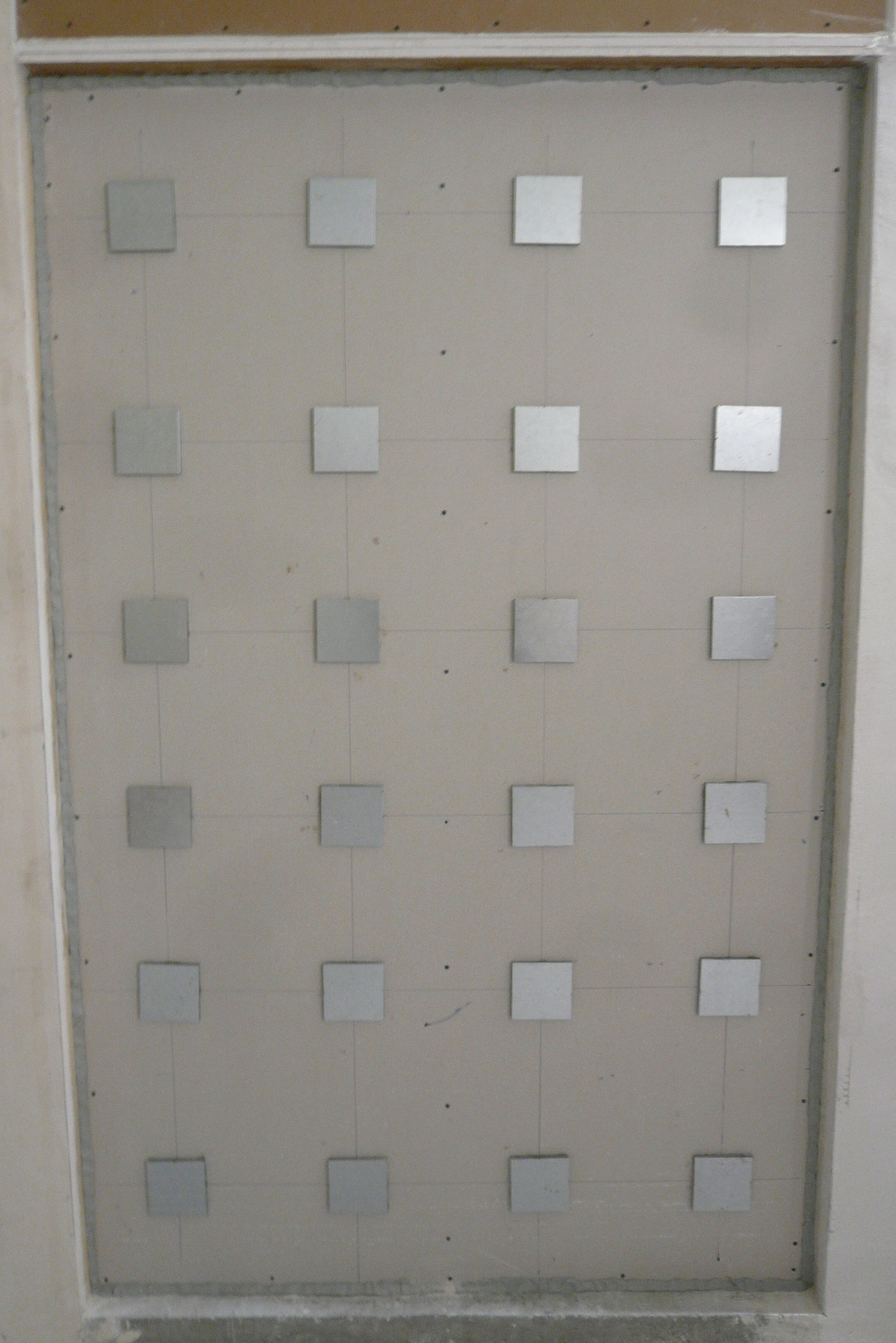Plasterboard stud walls can be erected quickly and cost-effectively, and they can easily be removed again if required. Thus, the layout of the rooms can be adapted to different requirements, even later on. Furthermore, with respect to structural noise protection, stud walls can be considered equivalent to solid walls – at least with regard to human voice and similar sounds. They have therefore become very popular, not only in office and industrial buildings, but are also increasingly used in residential construction.
However, there is a substantial acoustic problem occurring with stud walls: because of their double-leaf construction they insulate noise very well at high frequencies, but have little insulation at low frequencies. This may have undesirable consequences for two living rooms that are separated by a stud wall: if, for example, in one of the rooms a music system equipped with reasonably good loudspeakers is playing rock music or any other bass-based music, the neighbors in the adjacent rooms automatically listen in – whether they want to or not, even if the music system is operated at low volume. And as is well known, rock and pop music is only really fun when the volume is high enough...
Effective solutions are therefore required to acoustically improve stud walls at low frequencies. The Fraunhofer IBP uses a method that has already been examined theoretically, but for which practical experience is still largely lacking. The method includes the weighting of the walls by a variety of point loads arranged on a periodic grid. By an appropriate coordination of the construction parameters, the sound insulation at acoustically critical frequencies (which in the present case is the double-shell resonance of the stud wall) can be specifically improved. This results in better sound insulation at low frequencies compared to the multiple planking of the walls with less additional mass that is currently common.
In the previous laboratory tests, the masses consisted of steel sheet and were glued to the wall from the outside (see Figure). For the practical application on the building site, the use of other materials and the internal fixing of the masses or their integration into the gypsum plasterboards is planned.
